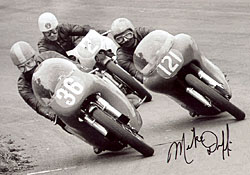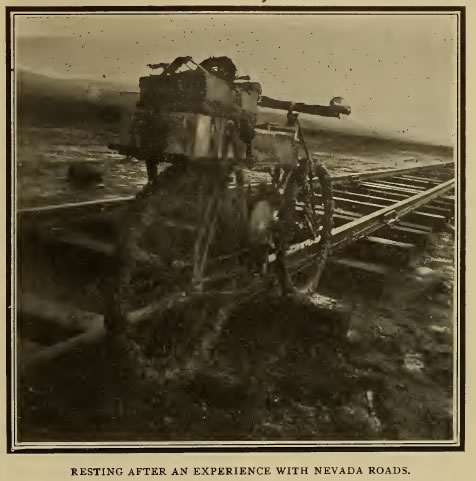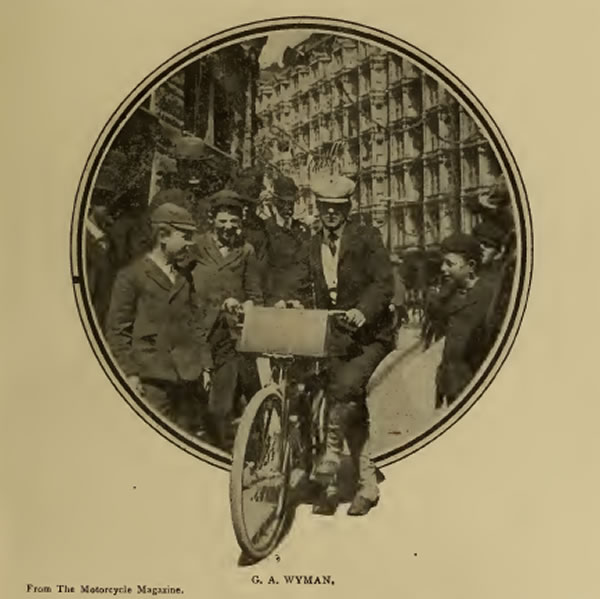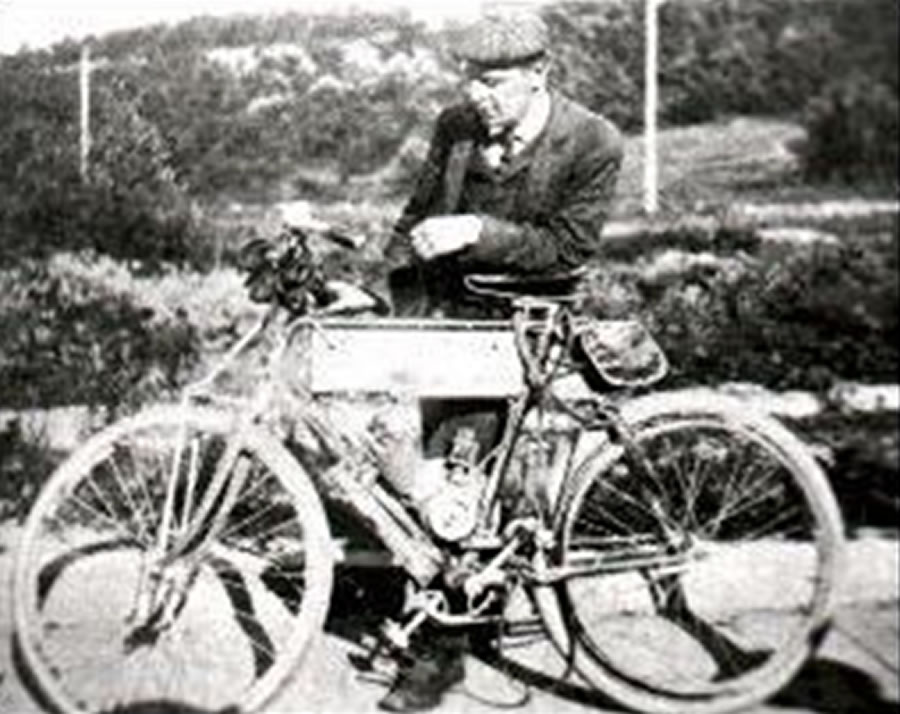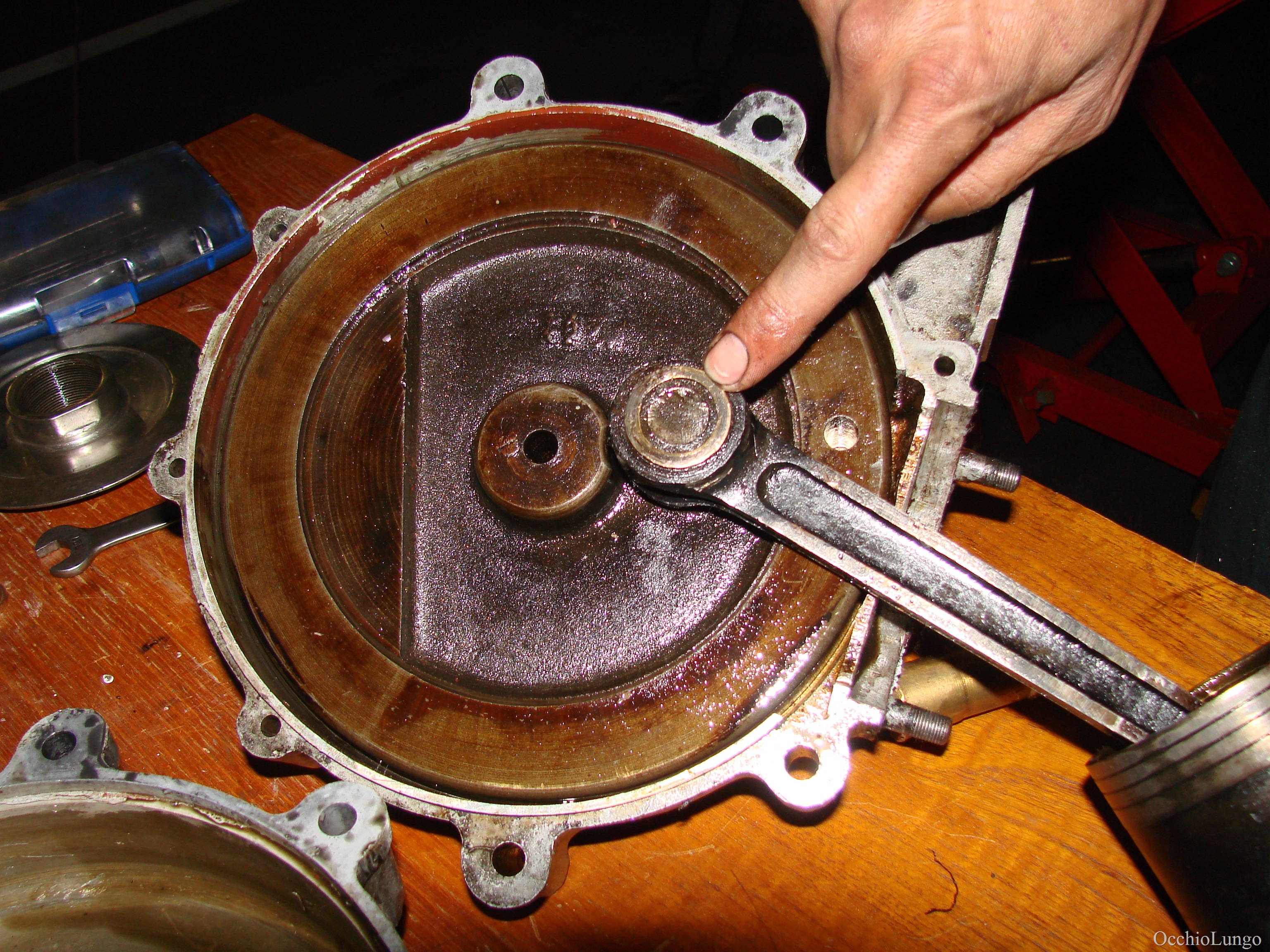
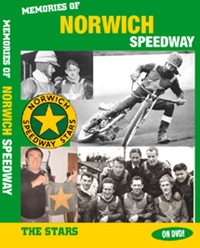

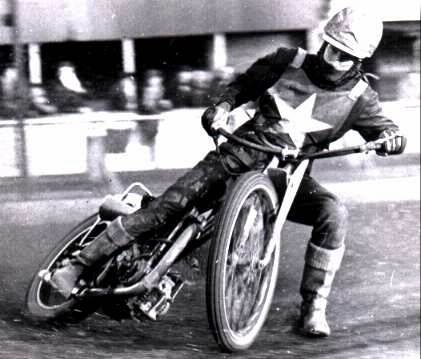




The Speedway legend known as Ove Fundin is born in Tranas, Sweden.
Nicknamed "The Fox" because of his flaming red hair and his hot temperament. A ruthless and fearless rider once he climbed aboard his bike, hell-bent to win every race. Nothing and no one got in his way.
“I hated losing...”
Ove Fundin stood on the World Final rostrum for ten consecutive years following his first title win in 1956. No other rider in the history of the sport has yet been able to match that.
Norwich reporter, Derek James, on Fundin, "Thousands of men, women and children would raise the rooftops as Ove raced around The Firs stadium where he ruled the roost – on his day nobody could catch him. He was our very own world champion. Simply the best."
He made a total of 15 World Final appearances coming runner-up three times and third three times as well as his five wins. He also helped Sweden win the World Team Cup in 1960, 1962, 1963, 1964, 1967 and 1970 as well as the Speedway World Pairs Championship in 1968. He is considered by many to be the greatest rider of all time.
One of the greatest sporting idols ever to represent Norwich, he was honored as a Freeman of the City of Norwich in 2006, only the second non-English person to be awarded this honor. The ceremony was held at Norwich City Hall Council chamber by the Lord Mayor of Norwich on October 30, 2006.
Fundin's combination of tenacity, temperament and talent carried him to the very top of the sport he loved. The Speedway World Cup trophy was renamed the Ove Fundin Trophy. The trophy itself was designed by Asprey and Garrard, House of the Crown Jeweller since 1843, who also created and supplied trophies for the US Masters, Volvo, PGA Golf Championship, Cisco World Matchplay Championships, the Rugby World Cup and the Heineken Cup. The trophy itself stands two feet high and is made from sterling silver and gilt. The design incorporates the traditional with modern elements, the main feature is a gilt globe surrounded by a silver sprocket in authentic speedway style.
European Champion: Five times
No brakes, no gears, no fears.
He made a total of 15 World Final appearances coming runner-up three times and third three times as well as his five wins. He also helped Sweden win the World Team Cup in 1960, 1962, 1963, 1964, 1967 and 1970 as well as the Speedway World Pairs Championship in 1968. He is considered by many to be the greatest rider of all time.
One of the greatest sporting idols ever to represent Norwich, he was honored as a Freeman of the City of Norwich in 2006, only the second non-English person to be awarded this honor. The ceremony was held at Norwich City Hall Council chamber by the Lord Mayor of Norwich on October 30, 2006.
Fundin's combination of tenacity, temperament and talent carried him to the very top of the sport he loved. The Speedway World Cup trophy was renamed the Ove Fundin Trophy. The trophy itself was designed by Asprey and Garrard, House of the Crown Jeweller since 1843, who also created and supplied trophies for the US Masters, Volvo, PGA Golf Championship, Cisco World Matchplay Championships, the Rugby World Cup and the Heineken Cup. The trophy itself stands two feet high and is made from sterling silver and gilt. The design incorporates the traditional with modern elements, the main feature is a gilt globe surrounded by a silver sprocket in authentic speedway style.
A bronze statue of Ove Fundin by Richard Brixel was unveiled in his hometown of Tranas in the summer of 2012.
Look at this list...
World Champion: 1956, 1960, 1961, 1963, 1967
World Championship Runner-up: 1957, 1958, 1959
World Championship Third: 1962, 1964, 1965
World Best Pairs Champion: 1968 (with Torbjorn Harryson),
International Champion: 1961, 1962, 1963
Member of Swedish World Team Championship Winning Team: 1960, 1962, 1963, 1964,1967, 1970
Swedish Champion: Ten times
European Champion: Five times
No brakes, no gears, no fears.
Today in motorcycle history proudly supports the National Association for Bikers with a Disability (NABD). www.nabd.org.uk






